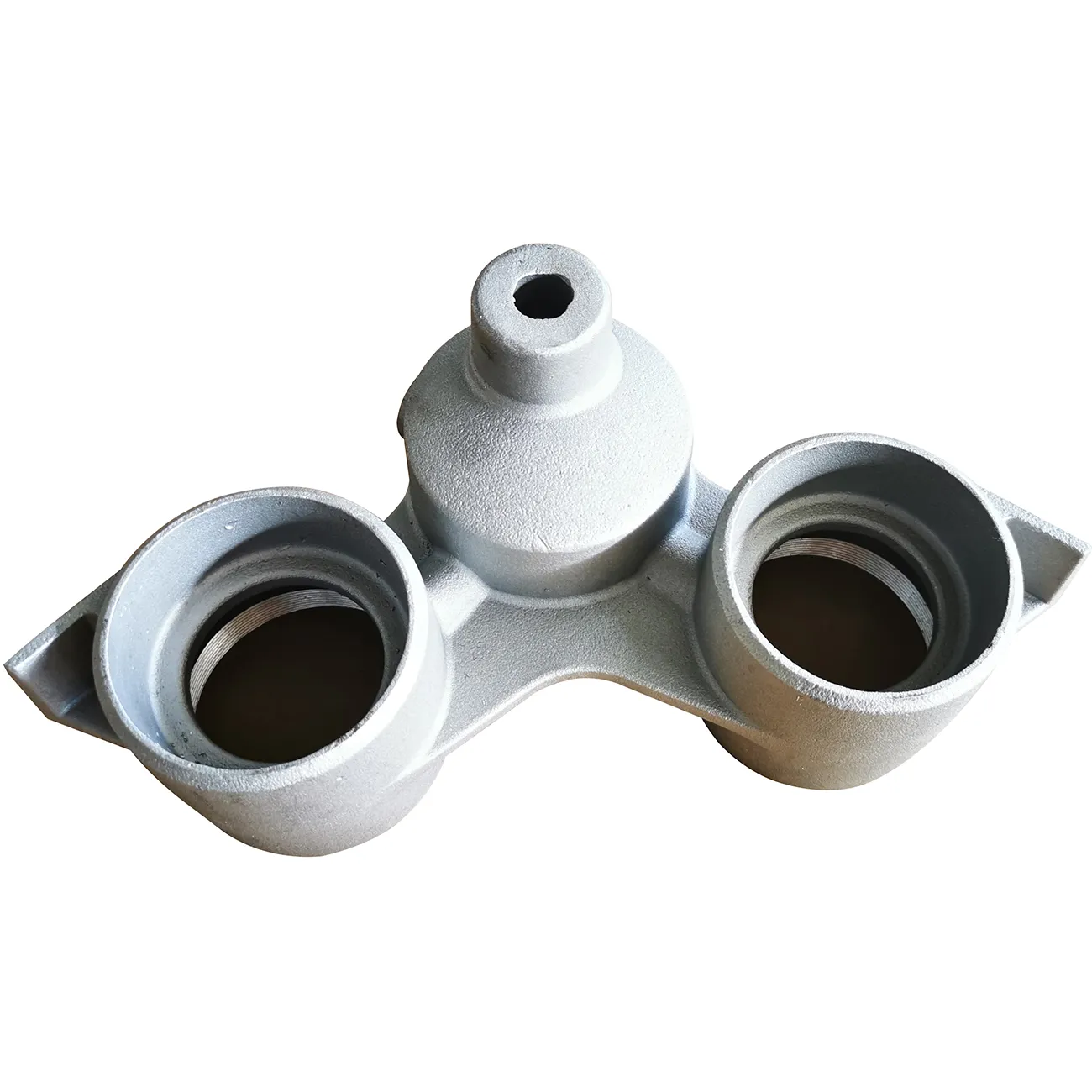Mobile:+86-311-808-126-83
Email:info@ydcastings.com
Exploring Innovations in Metal Casting Moulds for Enhanced Production Efficiency and Quality
The Importance of Metal Casting Moulds in Modern Manufacturing
Metal casting is a pivotal process in the manufacturing industry, allowing for the creation of intricate components with high precision and durability. At the heart of this process lies the crucial element metal casting moulds. These moulds serve as templates for shaping molten metal into desired forms, and their design and material significantly impact the quality and efficiency of the casting process.
Moulds for metal casting can be made from various materials, including sand, metal, and ceramic, each offering unique advantages and challenges. Sand casting, one of the most prevalent methods, utilizes a mixture of sand and clay to create reusable moulds. The flexibility of sand molds enables the production of complex shapes that would be difficult to achieve with more rigid materials. However, while sand casting is economical and efficient for small to medium-sized production runs, it may not provide the fine detail required for high-precision components.
In contrast, metal moulds are more robust and can withstand the high thermal stress generated during the pouring of molten metal. They are particularly advantageous for high-volume production, as metal moulds can be reused many times without degrading. This makes them ideal for industries requiring repeated casts with consistent quality, such as automotive and aerospace manufacturing. However, their initial cost is typically higher than that of sand moulds, which can be a consideration for smaller businesses or prototyping stages.
metal casting moulds

Another innovative approach is the use of ceramic moulds, particularly in processes like investment casting. In this method, a wax pattern is coated with a ceramic shell, after which the wax is melted away to leave behind a precise cavity. Ceramic moulds can achieve high levels of detail, making them suitable for applications where aesthetics and dimensional accuracy are paramount, such as in jewelry or medical device manufacturing.
The design of the mould itself is a critical factor in the overall success of the casting process. Factors such as wall thickness, draft angles, and the location of gates and risers can all influence the casting quality. Advanced technologies, including computer-aided design (CAD) and computer-aided manufacturing (CAM), have revolutionized mould design, allowing for the rapid creation of highly detailed and optimized moulds tailored to specific production needs.
In conclusion, metal casting moulds are a cornerstone of modern manufacturing, influencing the quality, efficiency, and cost-effectiveness of the casting process. As industries continue to evolve and demand more complex designs at reduced costs, innovations in mould technology and material science will remain paramount. The ongoing development of moulding techniques not only enhances traditional casting methods but also opens up new avenues for manufacturing in various sectors, ensuring that metal casting remains a vital component of industrial progress.











